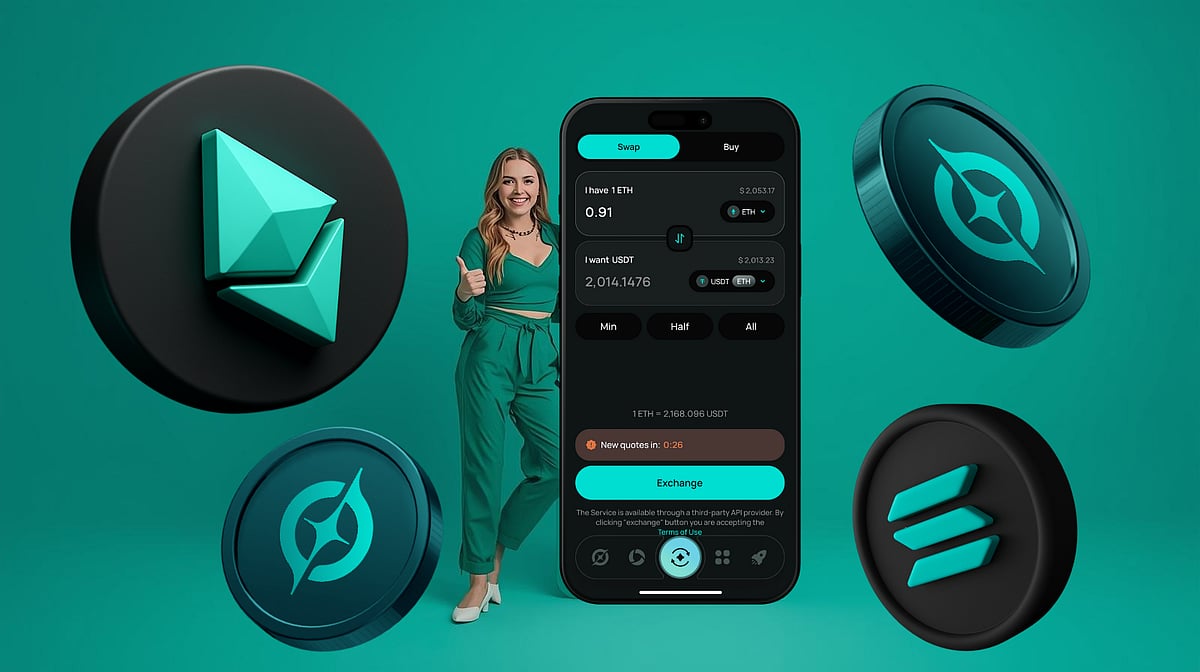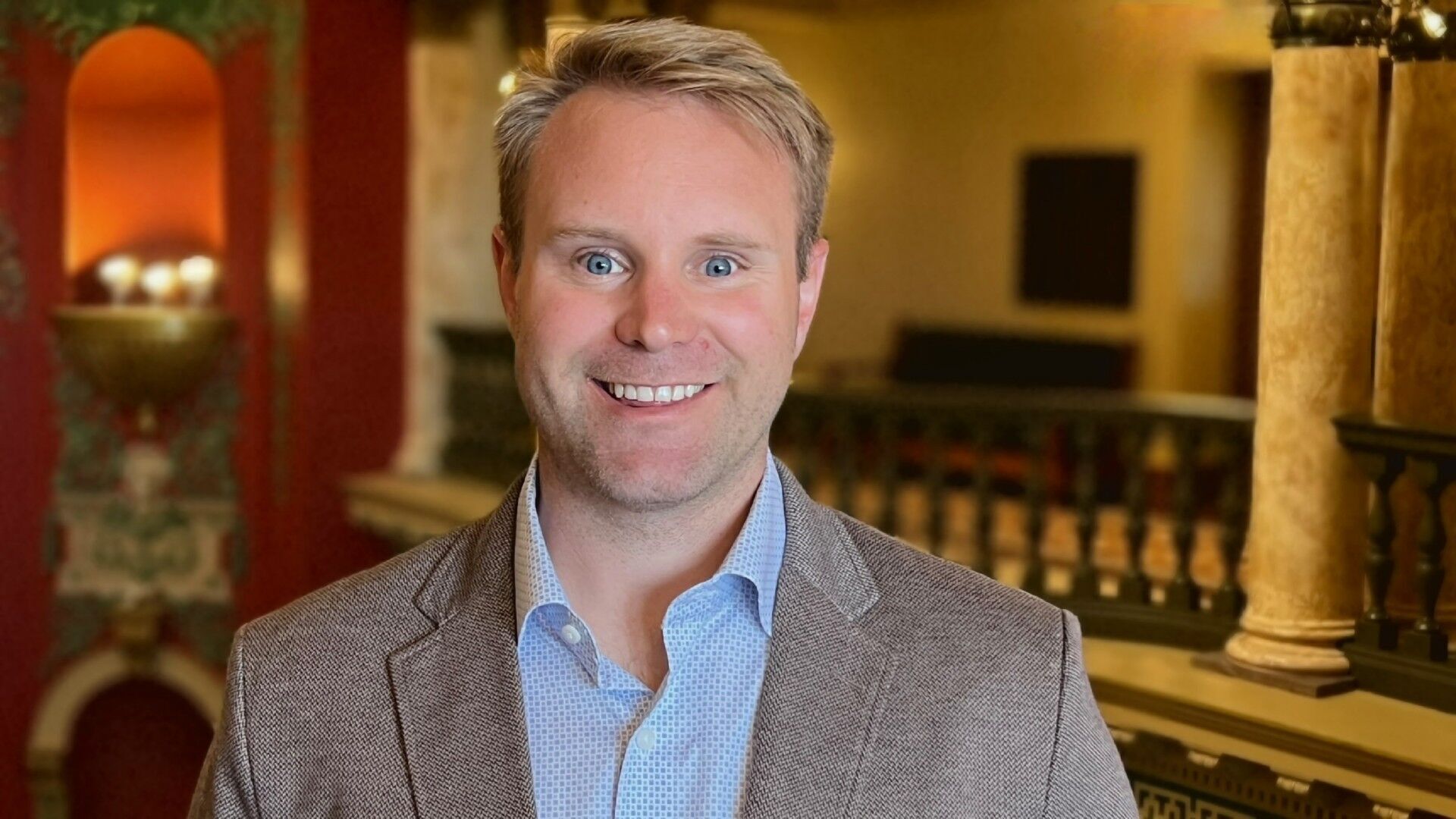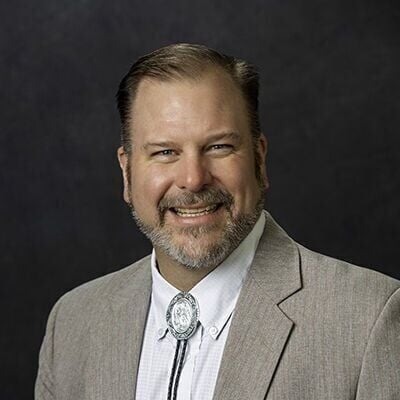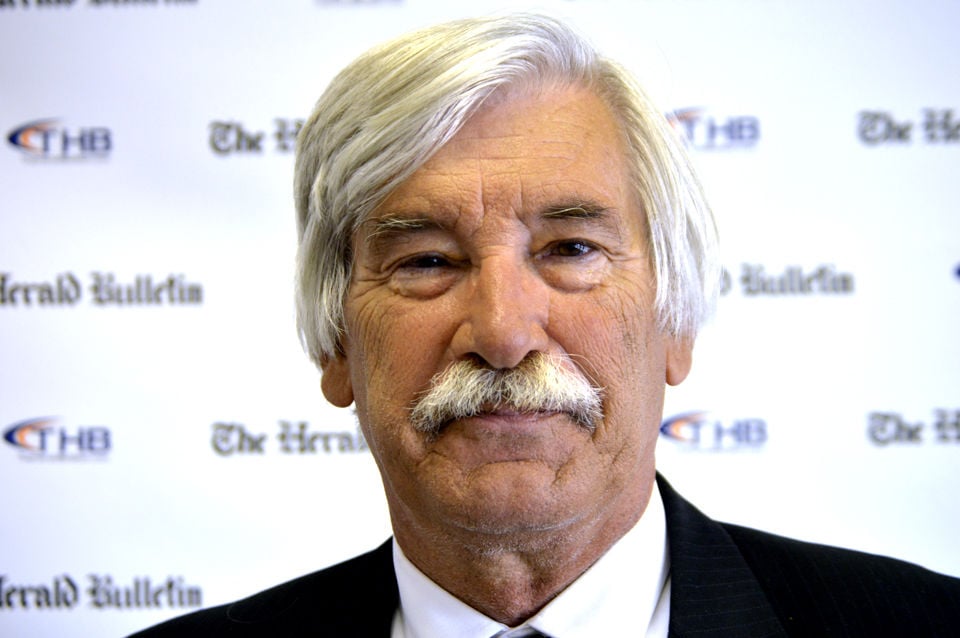Researchers at UTHealth Houston have made a significant leap toward decoding speech directly from the human brain. Their work, published in Nature Communications, points to a future where understanding silent thoughts and turning them into spoken words could become a reality.
UTHealth Houston Researchers Develop Technology That Can Decode Speech Across Different Patients
Key Takeaways:
- UTHealth Houston researchers developed technology that decodes speech from the brain.
- The study’s findings were published in the peer-reviewed journal Nature Communications.
- This breakthrough could help individuals with speech difficulties, such as those affected by stroke or brain injuries.
- The new approach aims to be more efficient and adaptable across diverse patient needs.
Research Breakthrough
A new study led by UTHealth Houston has brought scientists one step closer to creating a more efficient device that can understand and translate a person’s speech directly from their brain. According to the research team, this is an important milestone in developing technology that goes beyond traditional speech aids and explores the relationship between neural activity and the spoken word.
Nature Communications Publication
The significance of the study is underscored by its publication in Nature Communications, a respected peer-reviewed journal. This placement affirms both the potential impact of the findings and the rigorous methodology behind them. While early in its development, the technology represents a noteworthy shift from existing speech-assistive devices.
Potential Impact
Speech difficulties affect people with various medical conditions, often resulting from stroke or brain injury. By focusing on decoding speech signals within the brain, UTHealth Houston researchers are hoping to offer a solution for those who have lost their ability to communicate effectively. This advancement may someday give individuals more natural and immediate speech assistance.
Looking Ahead
As scientists refine this approach, they anticipate more precise and reliable communication tools. Although additional research lies ahead, the progress so far indicates the potential for widespread application. By combining insights from neurology and engineering, this emerging field demonstrates how innovative collaborations can redefine what is possible in patient care.











